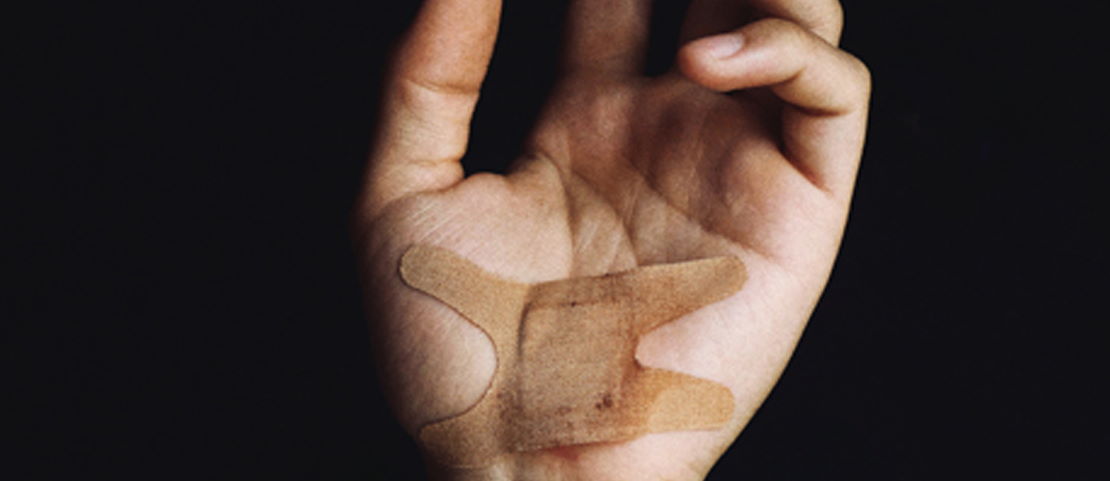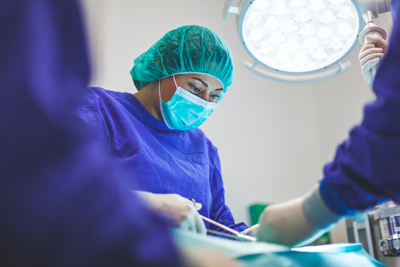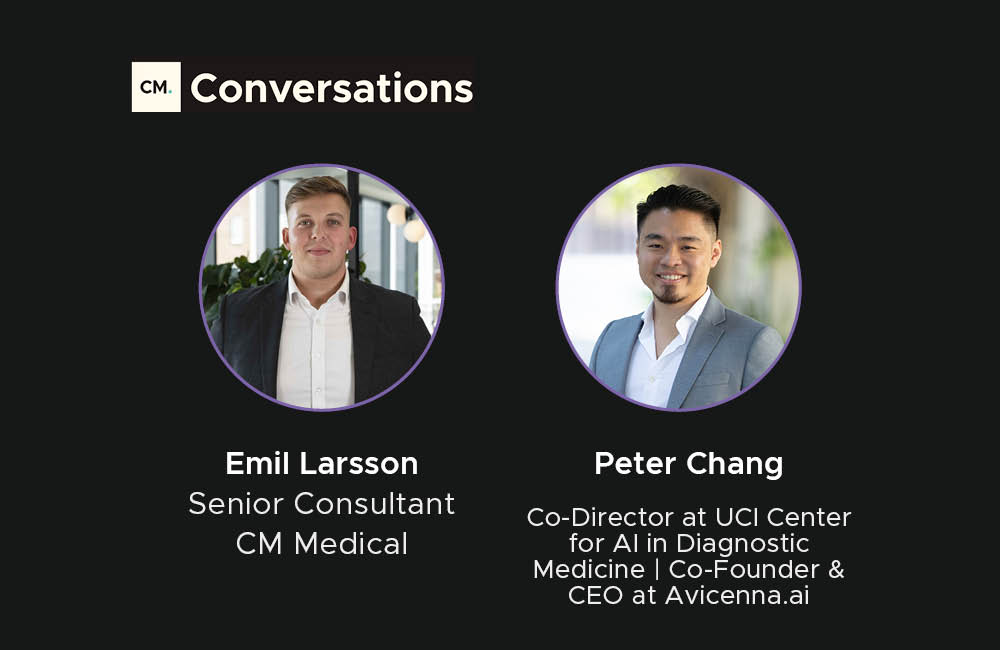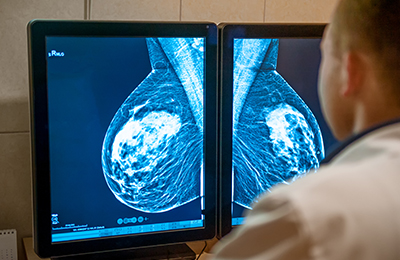

What Could AI Mean for Wound Care?
Every year, the proportion of healthcare budgets taken up by wound care is rising, attributed to big factors like rising numbers of diabetes patients, an aging population and increased rates of obesity.
These conditions all cause advanced wounds that are difficult to heal; wounds that doctors are treating today with relatively rudimentary tools.
Yonatan Adiri, CEO of AI-enabled computer vision technology Healthy.io spoke to Venture Beat about the issue, as wounds are ‘still largely assessed by eye or with a simple paper ruler, which is not only inaccurate but makes it very difficult to coordinate treatment’. Using tools like this means that irregularities are constant, and consistency between different physicians responsible for treating a wound can be near-impossible.
Enter standardised data, AI and data science. Employed correctly, the potential for smart wound care monitoring could be huge. Rafael Mazuz advises many top wound care companies around the world in his capacity as Managing Director of Diligence Wound Care Global and he came up with an airline-based analogy:
“One might compare providing advanced wound care without AI and data science to a busy airport performing air traffic control without computers.
It's possible to do--but the costs of errors, inefficiencies, and resources would be so debilitating that once those systems are in place, it's hard to imagine how things operated without them.”
If implementing AI into wound care has the potential to change the game to the extent that going back to the old ways of wound care is unimaginable, the next question is: how do we do it?
Preparing for AI in Wound Care
We’re still some way off using AI effectively in this area. That’s because AI thrives off data and in wound care, high quality data is scarce. In addition to the challenges detailed by Yonatan Adiri, large scale data sets containing all the relevant (demographic, historical, medication, etc.) variables simply don’t exist for the majority of cases. So today, there are no products integrating the tech used in frontline healthcare.
The necessary quality control and standardisation of data needed to unlock this potential has been constantly improving. Rafael touched on this during our conversation: “We are definitely seeing more standardisation and integration of inputs (data), and more products which can improve over time by themselves (‘machine learning’)” – both of which are fundamental to the introduction of ‘true’ AI in wound care in future.
To unlock that potential, we first need a high-quality method of documenting wounds and tracking the healing process. This is an area that has seen significant R&D investment in recent years.
I also spoke with Tobe Madu, Biomedical Engineer from Tissue Analytics, a company specialising in exactly that area. Their technology enables users to take photos or short videos of wounds using their smartphones, which are then logged and interpreted using their sophisticated software.
This standardisation of images means Tissue Analytics can accurately and objectively track any changes in the wound’s progress. This then means healthcare providers can effectively see how a wound is healing. Far better than the paper rulers seen in hospitals today.
With the Tissue Analytics’ platform, these benefits are all being implemented alongside building a highly accurate data set and the engine to drive it, which are already driving machine learning and AI algorithms. These algorithms are able to meet both clinical care as well as research and commercial objectives for organisations.
Tobe also discussed the use of a smartphone to capture a 3D model of the wound without external hardware, a capability he described as “unprecedented” in the industry. The potential of the smartphone was also reinforced to Mobi Health News by Swift Medical CEO Carlos Perez, who said:
“the intersection of mobile, the prevalence of it, the power of those mobile devices being able to start to deliver on AI and computer vision at the bedside”
So, alongside helping clinicians and patients unlock the future potential of AI, they’ll also help unlock the potential of ubiquitous smartphone technology in a clinical setting.
TIME
Since 2003, wound care experts have worked with the mnemonic TIME for wound management. This involved assessing Tissue, Infection/Inflammation, Moisture Balance and Edge of Wound. Closely monitoring all these factors is key to effective wound management.
I also spoke with Gordon Taylor, VP of Global Marketing from Smith & Nephew. They have a range of products which cover all aspects of TIME, the majority of which are currently at an analogue level. However, one device they’re actively involved in promoting at the moment is MolecuLight, a POC device which allows physicians to measure the wound surface area and identify bacteria within a wound, providing instant access to data.
Gordon felt that this democratisation of data was where AI could benefit patients at all stages of the treatment process. He foresees a time when patients carry their own medical records on their smartphones and pharmacies will be able to perform simple procedures, as well as the Wound Care HCP's, thanks to devices like MolecuLight.
Image from moleculight.com
Applying AI Today
Whilst AI might not yet be integrated into most frontline wound care, that’s not to say the technology isn’t already having a positive impact on the market in general.
Machine learning and big data interpretation are already making a difference in the clinical trial and testing phase of developing new products. There, sophisticated algorithms can identify every tiny instance of what happens during a clinical trial, as opposed to just tracking the result, or lack of, that a scientist could be looking for.
This holistic approach to data capture means that patterns and potential applications that have previously gone unnoticed are being identified. The result is clinical trials that produce more wide-ranging results and technological advancement that is constantly accelerating.
Another benefit of introducing this technology is when we’re looking back at existing technology. In some cases, AI can also give a new lease of life to older products as new applications are identified for traditional technologies.
It may be the case that we’ve already discovered the next big breakthrough in wound care and treatment, but we’re just using it less effectively on a different wound type or location in the body. If this is the case, then this new generation of digital health tools gives us the best opportunity of identifying it.
The Future
Though AI is not yet used in typical real-time clinical care settings, we can still get excited about the potential of the technology when it does arrive on the market.
Tobe from Tissue Analytics and Rafael from Diligence Wound Care Global both referenced how AI’s ability to process and interpret the hundreds of data points involved in wound care would lead to more accurate predictions.
This was also echoed by Gordon Taylor, who spoke of AI enabling us to “go beyond predictive analytics” and “knowing how your actions will change the trajectory of a wound so you have more control over it”.
This knowledge would also enable physicians to implement a value-based approach to wound care.
Treatments with a low probability of effectiveness can be discarded and those that do work can be priced accordingly. The provision of wound care in a post-AI future could give patients and payers the option to choose cheaper treatments which have a longer healing time, or more expensive treatments which heal faster. That’s a massive change from today when outcomes are extremely difficult to accurately predict.
It may seem like a long way away at present but the potential of AI in this area means that research and development is only increasing. As technology being produced by companies like Healthy.io, Tissue Analytics, Swift Medical and Smith & Nephew becomes more widespread amongst healthcare providers, AI informed treatment plans and diagnoses could be here sooner than we think.
That’s because the technology and tools needed to digitize wound care already exist, and TIME provides the framework in which to use them. In future, AI’s role in wound care will be to collect and manage that data so physicians can be more consistent and make more accurate predictions.
What’s certain is that those companies brave enough to push the boundaries and make AI in wound care a reality will shape the future of the industry. Those brave enough to have foresight will be able to lead instead of being left behind, or even made obsolete, when the new world of wound care is thrust upon them.
Recommended.

What Does Consumer Neurotech Innovation Mean for the Medical Device Industry?
Integrating systems into the human brain to control our everyday devices may seem very ‘Black Mirror’, but thanks to modern neurotechnology it's quickly becoming reality. Click to find out more.

How to Master Reimbursement in Medical Devices & Biotech.
In this live webinar, hosted by CM Medical, we went in search of expert reimbursement advice - speaking to Deborah Rizzi and Steven Haken of Odelle Technology.

How to Stand Out in a Saturated AI & Medical Imaging Market.
We asked an expert at an innovative medical imaging start-up about how they had overcome this challenge. Click now and listen to what they said.




Comments.